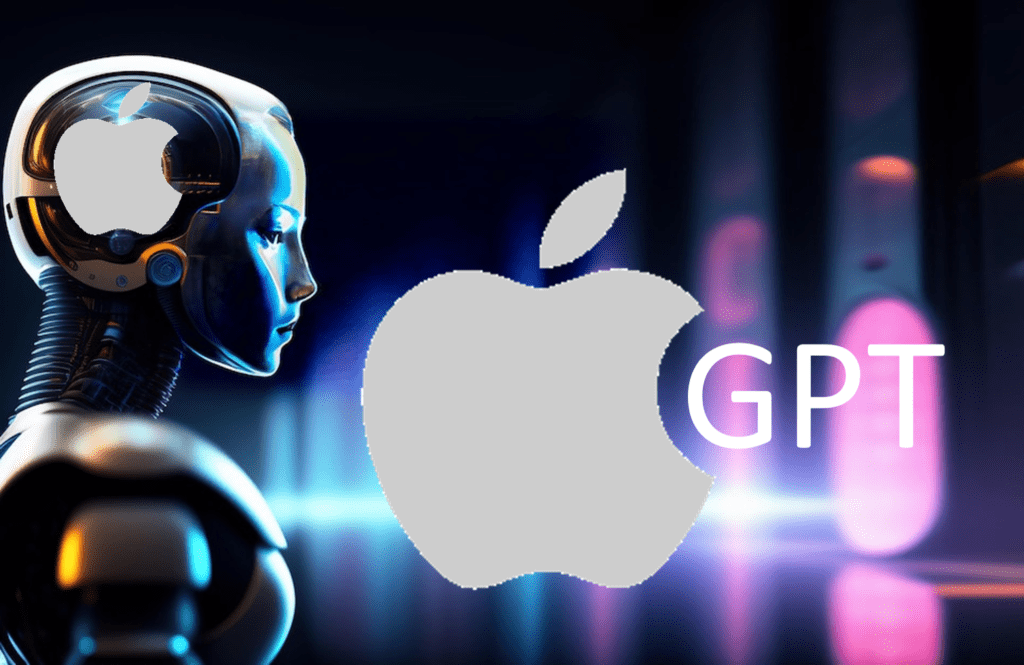
Apple’s Entry into the AI Race: Check out Their First App
In the realm of artificial intelligence, Apple has taken a deliberate and measured approach by discreetly unveiling compatible frameworks and model libraries tailored for its proprietary chips.
This strategic move opens up the possibility of integrating generative artificial intelligence into MacBook models.
Apple’s machine learning research team has introduced a new machine learning framework named MLX. This framework empowers developers to craft efficient models and create deep learning model libraries specifically designed for Apple Silicon.
The deep learning models, which are built on both frameworks and MLX data, are accessible on the GitHub page and can be obtained through PyPI.
Apple is also preparing to advance in the field of artificial intelligence

As per Apple’s GitHub page, MLX, drawing inspiration from PyTorch, Jax, and ArrayFire, incorporates shared memory functionality.
This implies that any task executed on MLX can seamlessly operate on all supported hardware without necessitating data movement.
Currently, CPUs and GPUs are supported by MLX. Reports indicate that MLX strikes a balance, being user-friendly for developers while possessing the capability to build advanced models like Meta’s Llama and Stable Diffusion generative AIs. The frameworks and model libraries associated with MLX find application across various AI domains in the market.

However, MLX Data primarily centers on deep learning. Unlike its major competitors Microsoft and Google, Apple tends to steer clear of delving deeply into the realm of generative artificial intelligence, often avoiding the explicit use of the term “artificial intelligence.”
There have been indications of Apple concentrating on foundational models in the past. These foundational models involve substantial amounts of unlabeled data, allowing for versatile usage of the same dataset across different applications.
You may also like this content
- The Metaverse: What it is, How to Enter, and Its Potential Impact
- Metaverse 5 Reasons Why its Awesome
- Metaverse Coins Buying Guide
Follow us on TWITTER (X) and be instantly informed about the latest developments…












